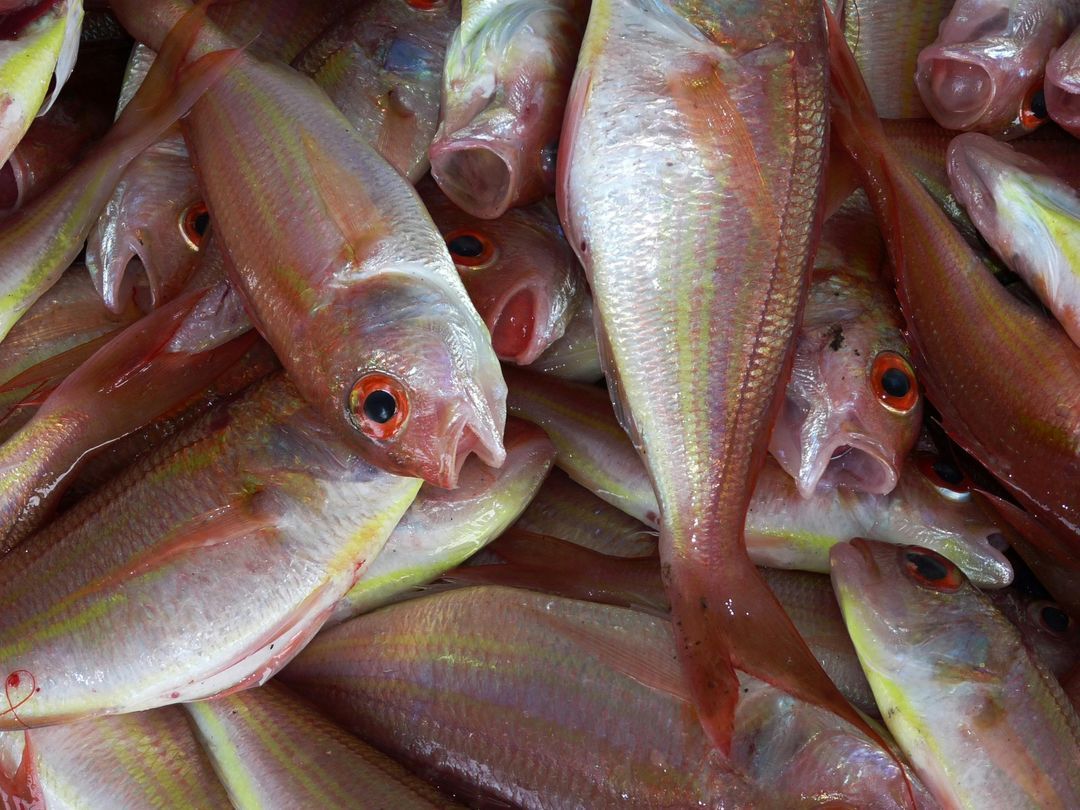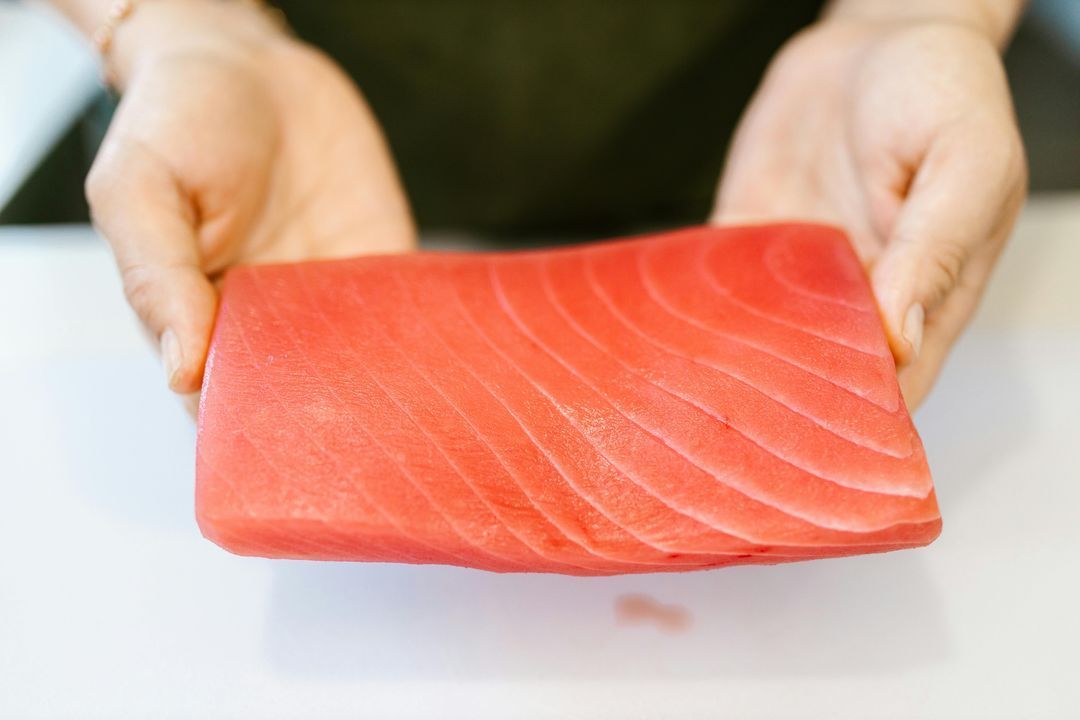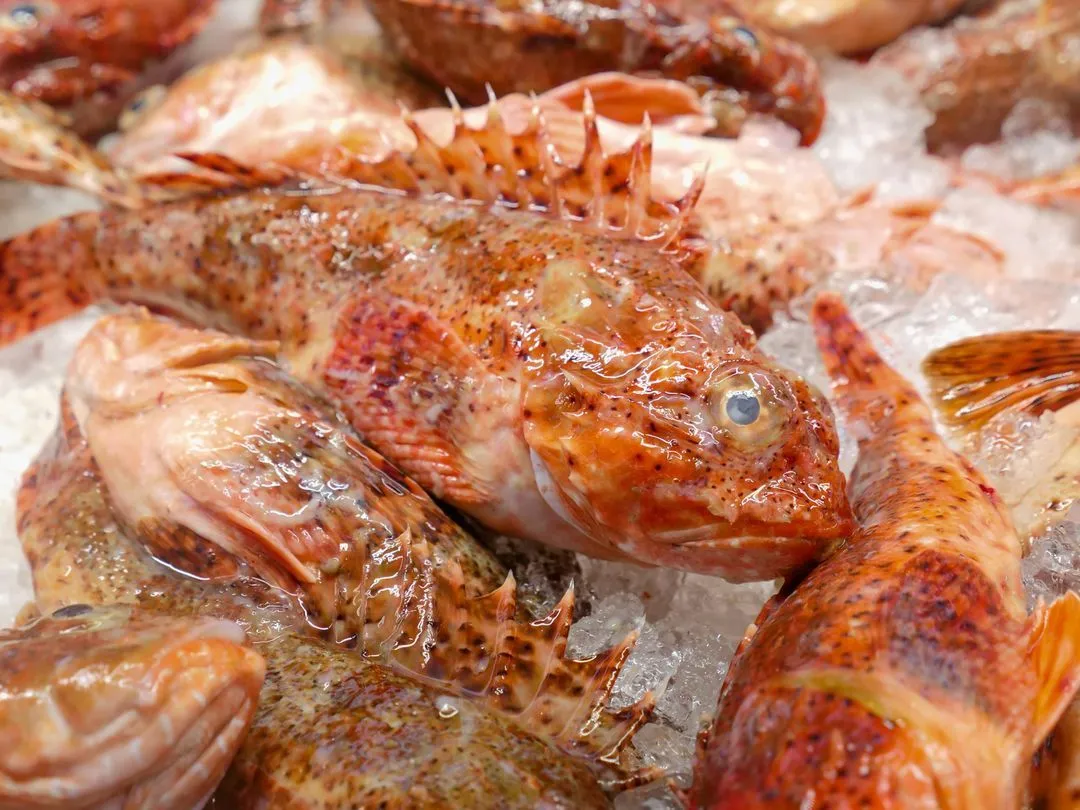Fresh fish: how to recognize it and when its best to avoid certain products.

Eating fish is good for you. Its a valuable source of high-quality proteins, omega-3 fatty acids, B vitamins, and minerals like iodine and selenium. However, to enjoy these benefits safely, its essential to know how to distinguish fresh fish from non-fresh fish. In an increasingly globalized market, where products can travel for days before arriving on the supermarket shelf, recognizing the quality of fish has become almost a skill to be rediscovered.
The importance of freshness
Freshness isnt just a matter of flavor. Fish that isnt fresh can develop toxic compounds or become a breeding ground for dangerous bacteria. The risk of food poisoning increases exponentially when you consume poorly preserved or spoiled fish. Furthermore, the nutritional value of fish also rapidly declines: vitamins and fats oxidize, the flesh loses firmness, and its organoleptic characteristics deteriorate.
Signs to look for: How to recognize fresh fish

Recognizing a truly fresh fish requires keen eyes, a trained nose, and a bit of knowledge. The first thing to look for are the eyes : they should be bright, shiny, and bulging . Sunken or opaque eyes are a clear sign that the fish has been caught for several days. The skin and scales also tell a lot: a fresh fish has shiny, moist skin and well-fitting scales. If the surface is dry or the scales come off easily, its best to avoid it.
Moving on to the gills, one of the most reliable signs: they should be bright red or pink , well vascularized, and free of mucus or strong odors. If the gills appear grayish, brownish, or have an unpleasant odor, its a warning sign.
The aroma of fresh fish is delicate, almost marine, reminiscent of saltiness or seaweed. A strong, acidic, or ammonia-like odor is a sign of decay.
Finally, the meat : when pressed lightly with a finger, it should feel firm and elastic, ready to spring back to its original shape. Soft meat that falls apart or leaves a fingerprint is a sign of spoilage.
When is it best to avoid certain products?
Not all times are good for buying fish. In some cases, its advisable to avoid it, even if it appears fresh. The first reason concerns seasonality and reproduction : eating spawning fish can compromise the balance of the marine ecosystem. Some species, such as sea bass or turbot, should be consumed outside of their spawning season. Learning about fishing closures and endangered species is a conscious act of consumption.
Another key aspect is provenance . Fish from highly polluted areas or overfished seas may accumulate heavy metals, microplastics, or have been caught using unsustainable methods. This is the case, for example, with yellowfin tuna caught in certain tropical areas using destructive practices such as purse seine fishing combined with FADs (fish-aggregating devices). In these cases, its best to opt for products with environmental certifications, such as MSC (Marine Stewardship Council) or Friend of the Sea , which guarantee more ethical and controlled fishing practices.
Even thawed products should be handled with caution. Often, fish counters sell thawed products without consumers knowing it: by law, the origin must be declared, but this information isnt always clearly visible. Thawed fish may be of good quality, but it should be consumed immediately and never refrozen.
Finally, avoid fish that shows visible signs of improper handling : fillets with blackened flesh, swollen packages, milky liquid in vacuum packaging, or damaged packaging are all signs of risk.
Fish and local markets: a value to be rediscovered
A good way to ensure freshness is to buy fish at local markets , perhaps near ports and fishing grounds. Here, youll find seasonal, ultra-fresh produce, often caught just hours before. Its also a chance to support small-scale fishermen and discover lesser-known but equally tasty species, avoiding the usual farmed sea bream and sea bass.
The Italian sea, if respected, is generous and varied: anchovies, mackerel, grey mullet, and bonito are just a few examples of humble fish, rich in flavor and nutrients. Consuming these fish is not only sustainable, but often also much more economical.
Conclusion

Fresh fish is one of the most delicate yet noble foods in our cuisine. Knowing how to recognize it, knowing when and where to buy it, is an act of awareness that combines health, pleasure, and respect for the environment. In an age where labels can be misleading and globalized supply hides pitfalls, rediscovering direct contact with the product and the fishermen is perhaps the best guarantee of quality. Because truly fresh fish isnt just what looks good, but what tells a clean, transparent story, respectful of the sea from which it comes.

gourmet
Data di inserimento 07 lug 2025
Report article


Comments
There are no comments yet.